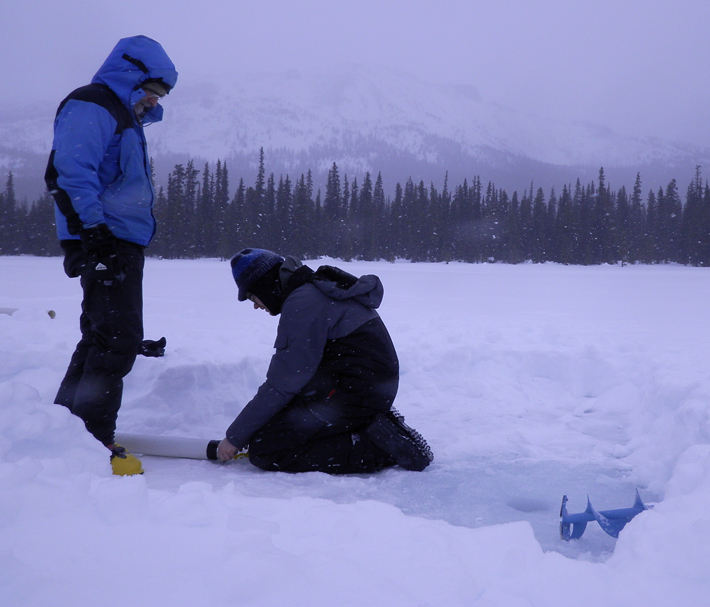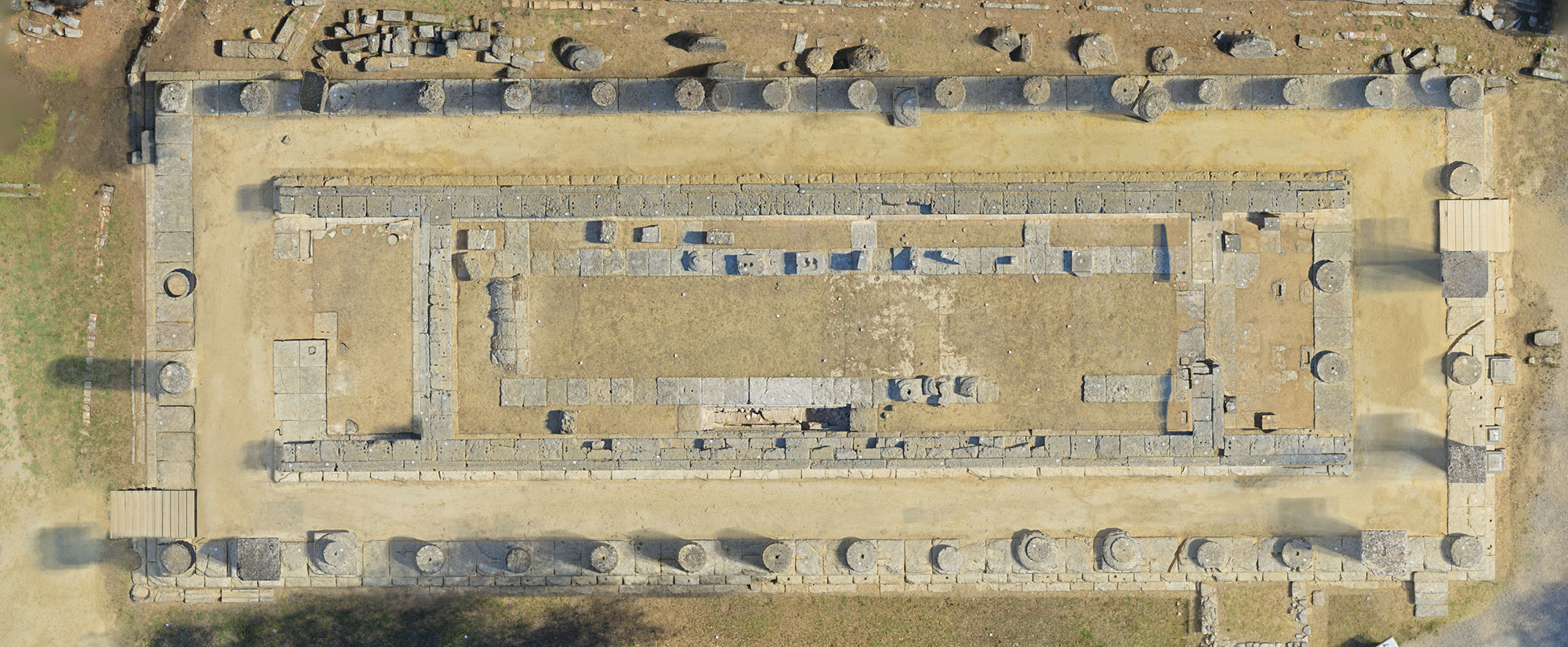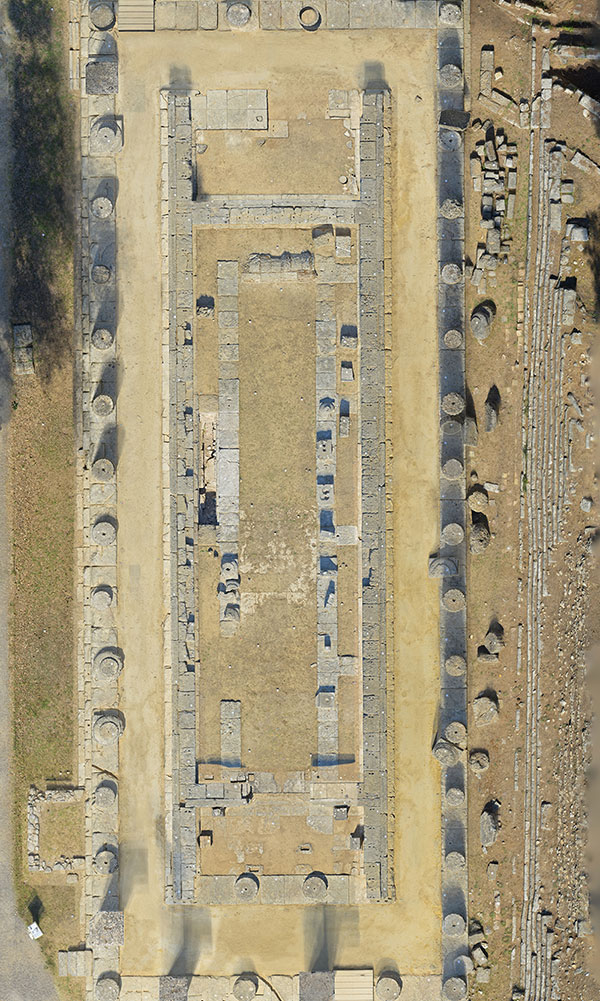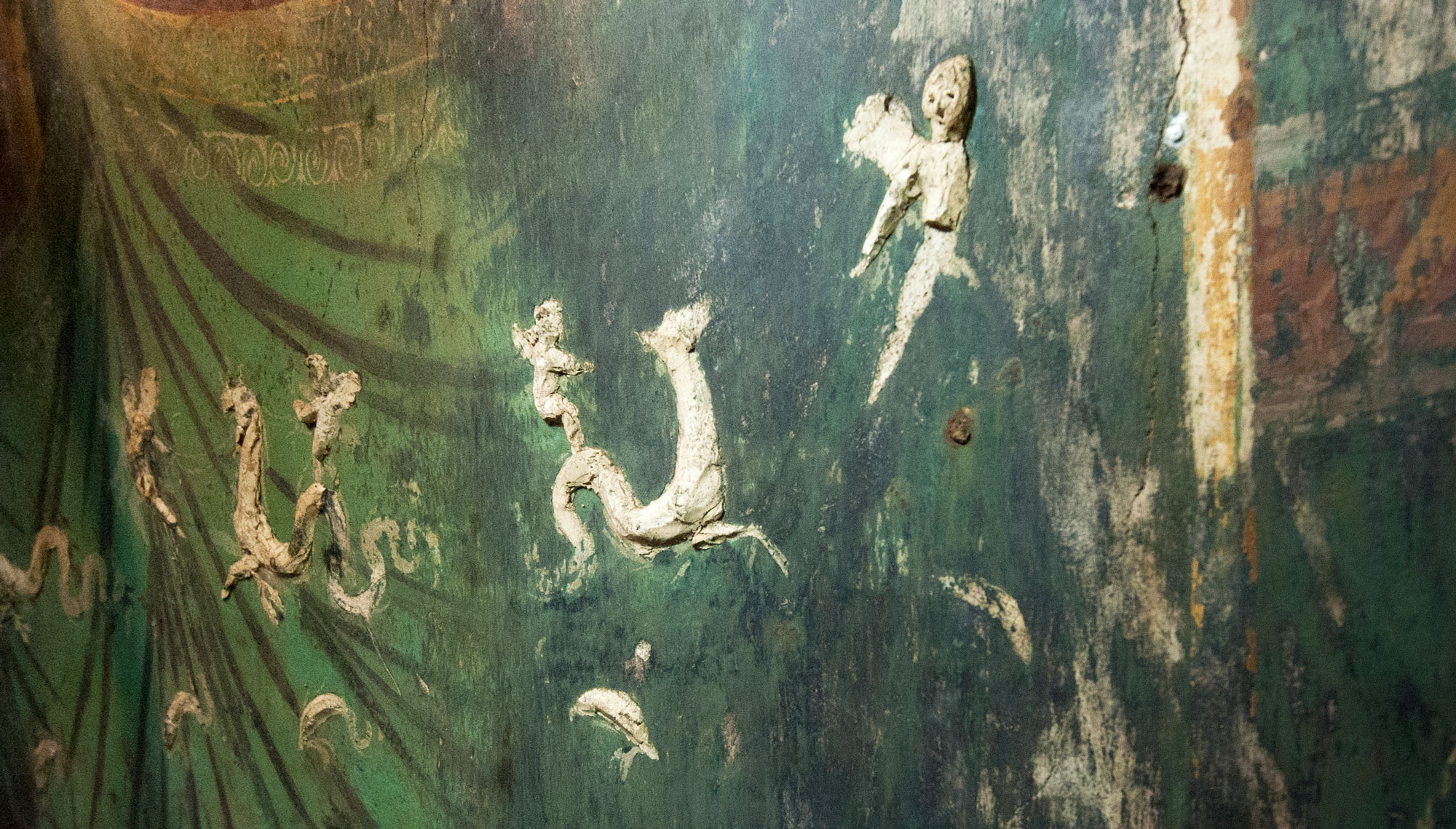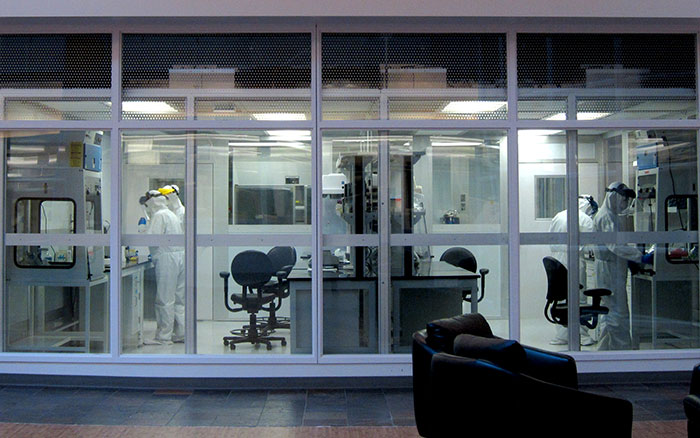
BOSTON, MASSACHUSETTS—Science Magazine reports that an international team of scientists sequenced the genomes of four women who lived on the islands of Vanuatu and Tonga between 2,300 and 3,100 years ago to try to determine if they were descended from farmers who sailed directly to Oceania from East Asia, or if they came from people who mingled with hunter-gatherers in Melanesia, including Papua New Guinea, as they slowly traveled across the ocean. Three of those skeletons were directly associated with the farmers of the Lapita culture, known for their red pottery, obsidian tools, and shell ornaments. The ancient genomes were then compared with those of nearly 800 people from 83 populations living in East Asia and Oceania today. The new study suggests that the first arrivals in Oceania traveled directly from Taiwan and the Philippines. “The Lapita have no evidence for Papuan ancestry,” said Pontus Skoglund of Harvard Medical School. The analysis also suggests that Melanesian DNA was probably introduced to Polynesians after the Lapita period, between 500 and 2,500 years ago, by migrating Melanesian men. “The female ancestors of modern-day Oceanians are mainly Lapita, whereas their male ancestors include Papuans,” Skoglund explained. For more, go to "Polynesian Migration Examined With Vanuatu Skulls."


